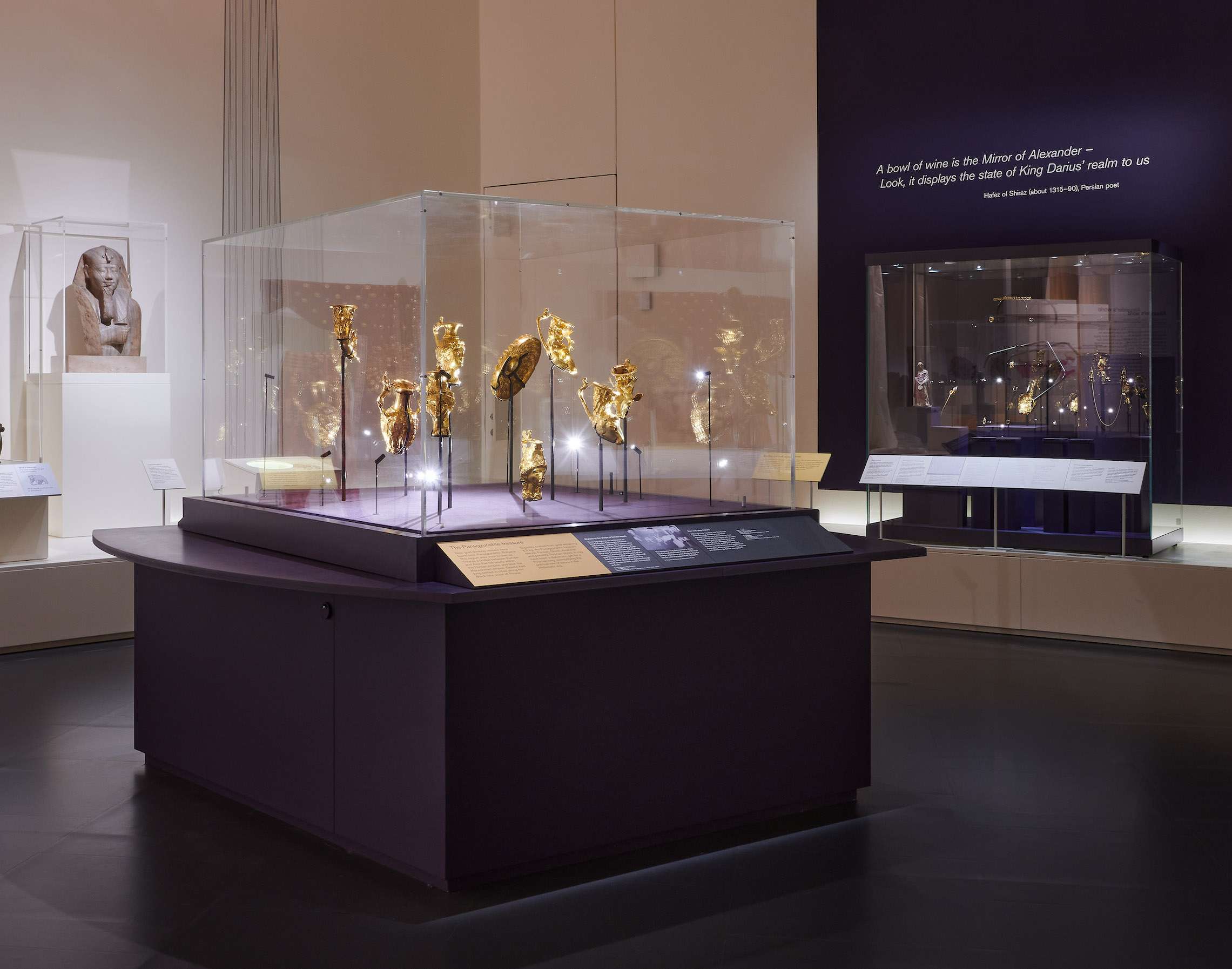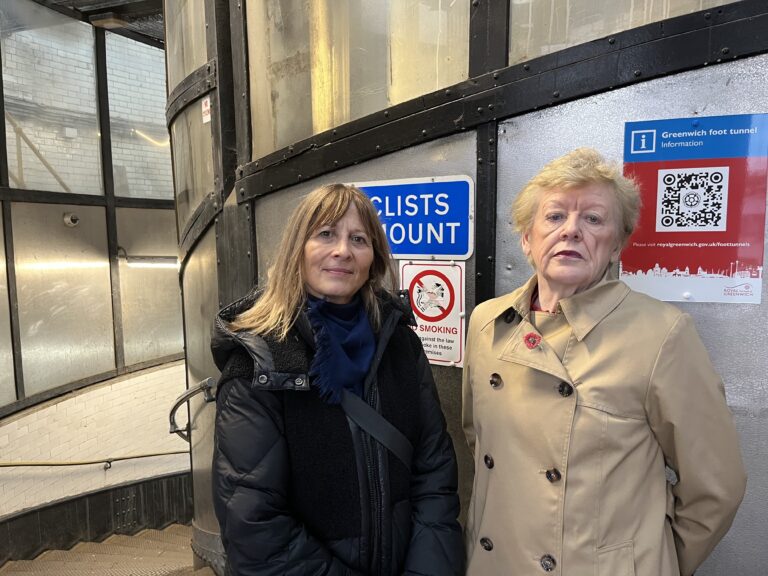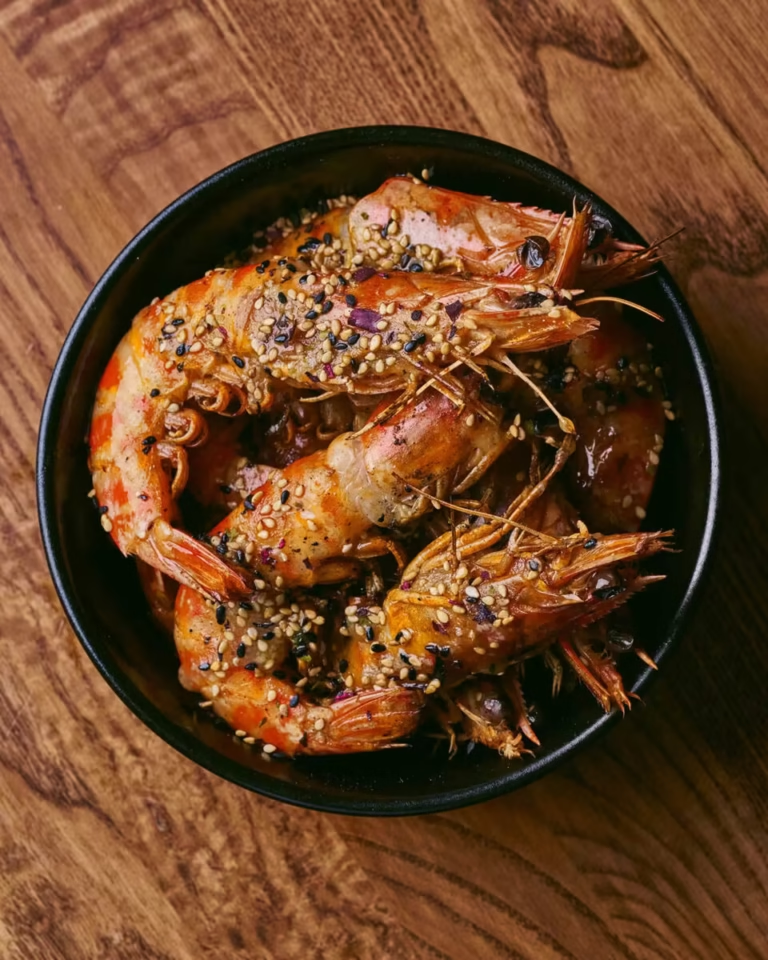The Greek historian Arrian records Alexander the Great saying of Persia, ‘Our enemies are Medes and Persians, men who for centuries have lived soft and luxurious lives; we […] for generations past have been trained in the hard school of danger and war. Above all, we are free men and they are slaves,’ writes Madeleine Kelly
It is a binary view that defined Western identity after the fall of the Persian Empire at the hands of the Greek states. Persia – the Achaemenid Empire brought down by its own excess. Athens – the small, austere city state that fought an Empire and won. It is an old tale, one that pits Western democracy against the illusion of Eastern excess, but might the truth be more complex? Luxury and Power: Persia to Greece, the British Museum’s new exhibition, complicates this false dichotomy between luxury and austerity, between East and West.
The exhibition sets out its stall right from the start. Two heads stare at each other as though across a great divide. One, made of limestone, is decorated in distinctly Persian style. The other, a bronze head, is recognisably Greek. But both heads were found within about 30 miles of each other in Cyprus, and on closer inspection, the Persian head wears a Greek wreath. It appears that rather than rejecting Persian ideas of luxury, the Greeks learnt to subtly co-opt them.
The story is told in 3 parts. Starting with the Persian Empire, silver and gold cups called rhytons shine in the centre of the room. Friezes illustrate how the Persian Empire used these objects to legitimise their rule – an ostentatious and dazzlingly effective display of power.

You then make your way to Athens. The Persian rhytons appear again, this time rendered in clay to avoid looking too luxurious. The Athenians laugh at the obvious trappings of Persian luxury. But it is clear from the carefully crafted items on display that they were engaged in what viewers of HBO’s Succession might call ‘Quiet Luxury’ – think swapping heavily branded items for beige cashmere and calling it democracy. The testimony of a young slave boy further complicates the story.
Finally, you emerge into the world of Alexander the Great. Here the Persian and Greek cultures merge free from Athenian disdain. The gold rhytons are back, gleaming under display lights. In the corner, a wreath of oak leaves made from sheet gold vibrates in the glass case. Made between 350-300 BC, the delicate craftsmanship distracts me from the curator’s talk. Beautiful enough to make the trip to the Museum worth it, I am sold.
The wreath stands as testament to the power of luxury not just in legitimising power but in obscuring truth. After all, despite their loud disavowal of Persian wealth, Athenians annually paraded their pillaged Persian goods. This parade will be familiar to visitors of the British Museum who on the ground floor alone can see the Parthenon Marbles and Rosetta Stone – two items taken from their home soil and kept, despite repeated requests for their return.
Where luxury is concerned, the story of East and West cannot be categorised as democrat vs despot or excess vs austerity. The real story is more complex and less flattering. The real story is not finished.
British Museum until 13 August 2023. Open daily from 10.00–17.00 (Fridays 20.30). Last entry 70 mins before closing.
Adults from £15, Members and under 16s free.






